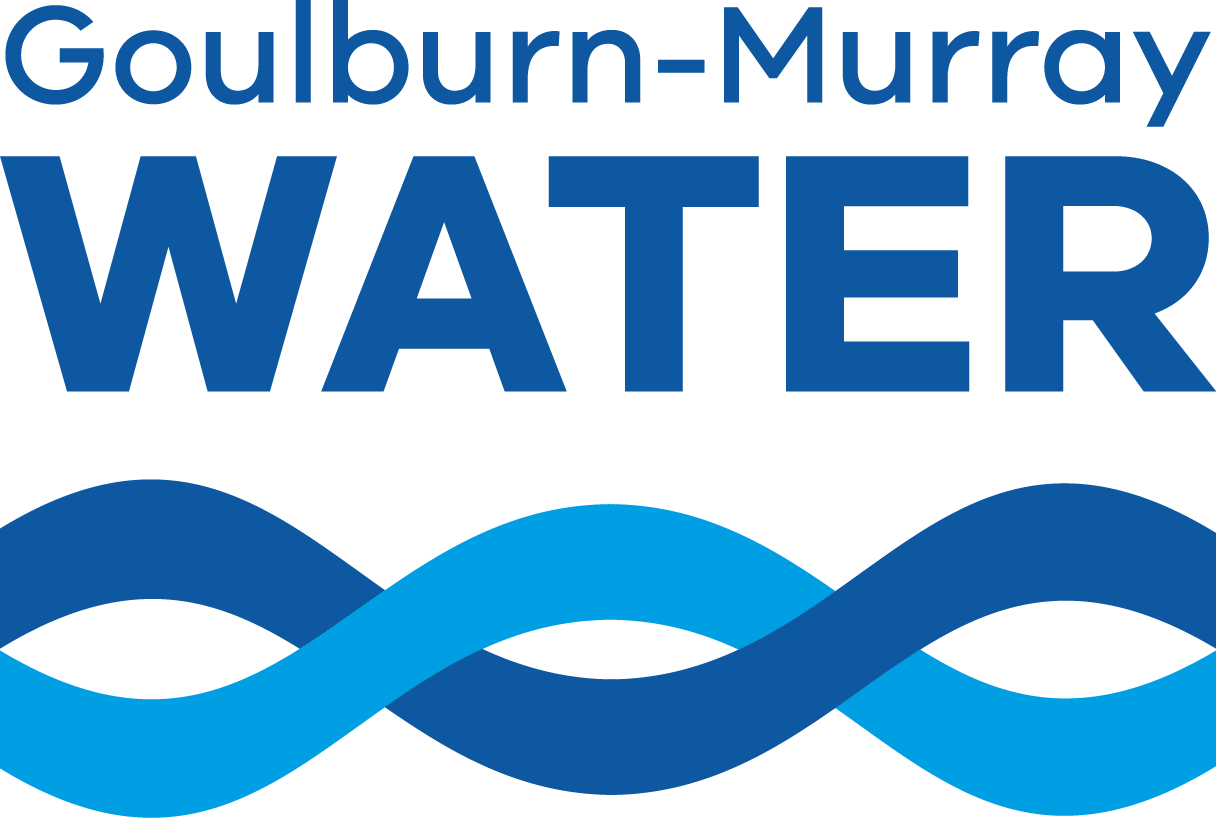Operating and maintaining our irrigation system across the Goulburn-Murray region is a challenging undertaking.
To ensure the system continues to provide a reliable water delivery service over the next four years, investment will be required for weed treatment, desilting and first-generation modernised assets componentry, alongside our regular channel bank and bridge/culvert upgrade programs.
The Capital Program for the 2024-28 period is estimated at $74.9 million.
Investment breakdown by service
Gravity irrigation capital can be categorised into the following areas:
- Structures (bridges, culverts, etc)
- Channels
- Meters
- Plant and equipment
- Corporate (buildings and IT)
Our asset management practices ensure that we make efficient decisions around the replacement of our assets based on sound data, information, risk and customer insights.
Capital investment for gravity irrigation is forecast to increase from $57.6 million to $64.4 million over the four year period. The capital program is made up of:
Plant and Equipment Replacement Program
We have developed an Asset Management Strategy that identifies future needs, compares options to buy, lease or dry hire, and takes in to account the existing condition of GMW’s assets.
The strategy seeks to replace 70% of plant and equipment over the four year period following no active investment in the last price submission period – an increase in expenditure of $5.2 million over the four years.
IT security and systems
To improve the security of our IT systems and network, while also creating efficiency opportunities, we propose to make a number of changes, increasing associated expenditure by $1.4 million over the four years:
- Increase IT security monitoring and tools (e.g. centralised industry monitoring tool)
- Increase in systems moved to the cloud, resulting in reduced operating cost
- Renewal and enhancement of systems and hardware.
Regionalisation of offices
To deliver a more efficient centralised service offering for customers, we will be consolidating regional customer service centres. There will be one in each of the East, Central and West regions.
Any costs associated with regionalisation, such as refurbishment of offices and building new infrastructure, will be offset by revenue associated with regionalisation such as the sale of land no longer required, and operating cost savings.
GMW has developed the Channel by Channel Framework to inform its future capital investment requirements, ensuring it is strategically aligned with the service provided by the asset, and reduce unnecessary costs.
The Channel by Channel framework collects information on every channel and asset in our system, including current demand, condition of assets, maintenance history and projected capital renewal costs.
In Pricing Submission 2024-28 we have used this framework to ensure we optimise when and how our assets get replaced to match customer needs, and in turn based our capital expenditure on assets that are predicted to fail in the next four years using our assessment of asset condition.
We have selected asset replacement solutions that deliver a flexible range of life extension and cost outcomes, including:
- Channel remodel (100-year life)
- Silt Reprofile with Rock Armour (40-year life)
- Core Trenching (25-year life)
- Silt Reprofile without Rock Armour (15-year life)
From this work we are proposing a modest increase of $1 million over the four-year period to cover increased construction costs associated with major road and rail crossings.
Also essential to the effective operation of the network is sufficient investment in irrigation channel maintenance (including weed control and desilting). Channel performance monitoring has demonstrated the importance of these activities in minimising the need to manually intervene in system operations.
Spending required for weed treatment, desilting and first-generation modernised assets componentry will be funded through:
- Innovation/efficiency savings (e.g. lithium batteries replacing lead acid batteries)
- Cost capitalisation of maintenance activities that extend asset lives (e.g. extensive channel bed/bank desilting)
- Gearbox refurbishment where economic and full replacement is not required.
Although we will see an increase of $2.4 million to maintain our modernised system and increases in insurance and IT costs, we have been able to reduce costs in other areas to ensure we are efficient. These efficiencies include the use of alternative safer long life technology such as lithium based batteries, and applying preventative maintenance to our regulator and meter mechanical/electrical componentry to increase their working lives significantly for a lower cost.
During the next decade, we are also planning for increased component replacement, including gearboxes, motors, batteries, solar drive boards, radios and sensors. This work will be essential to the effective operation of the Total Channel Control System and the cost has been offset by the labour savings achieved under an automated system.
How will these benefit customers?
A strong focus on asset management, how we innovate, and drive efficiency in the management of our assets allows GMW to continue to meet its gravity irrigation service standards, with price reductions (excluding CPI) across typical customer bills for the four-year period.





